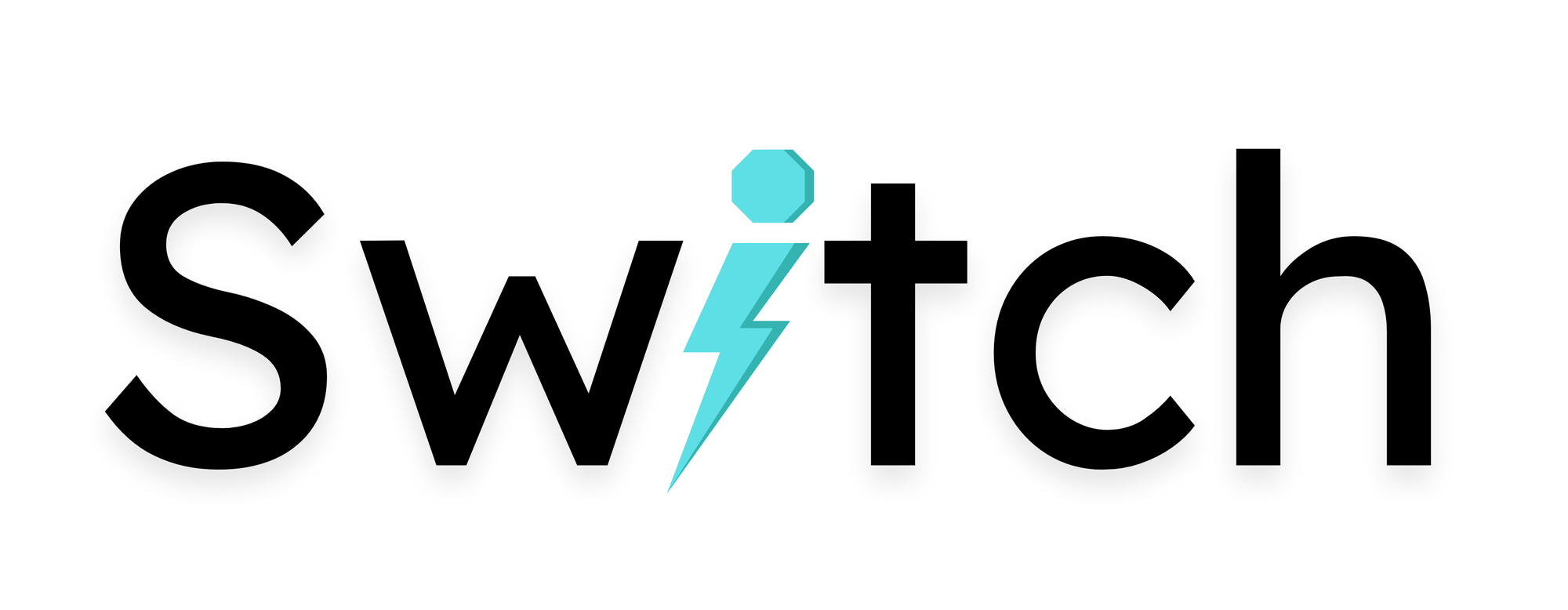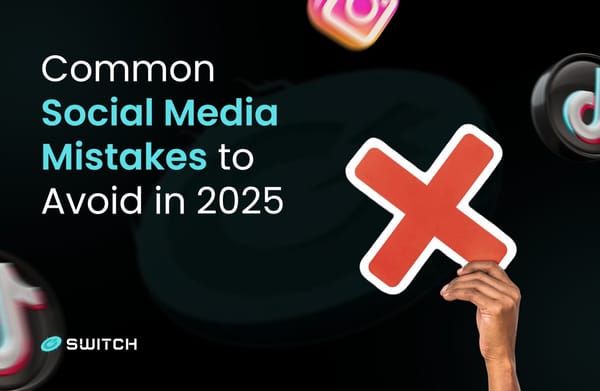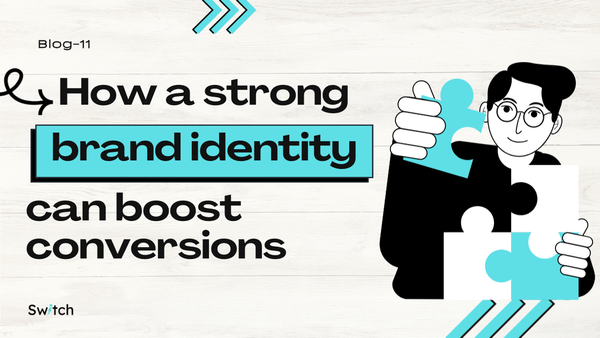Unleashing the Potential: A Comprehensive Look at the ROI of Facebook Ads
In terms of Facebook ads, ROI measures the revenue generated or business objectives met against the funds spent on advertising.
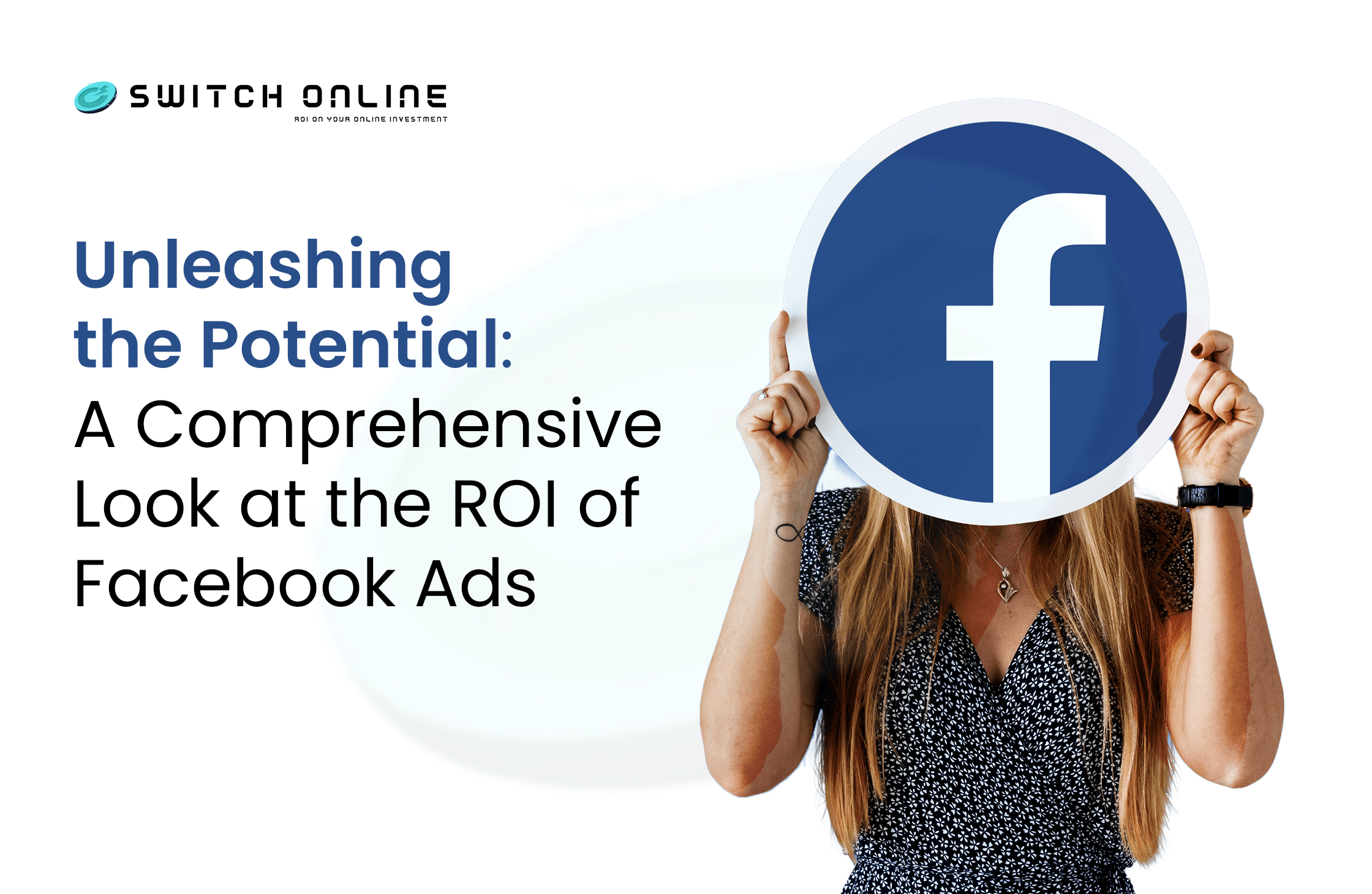
In today’s world, leveraging Facebook for advertising has become essential for businesses looking to enhance their online visibility. But just how effective are Facebook ads in generating a solid return on investment (ROI)? This article will explore the ROI associated with Facebook advertising, highlighting its untapped potential and the real value it offers to businesses.
By harnessing the power of social media, Facebook ads provide an exceptional opportunity to connect with a vast audience and engage potential customers. With precise targeting capabilities, customizable ad formats, and in-depth analytics, companies can tailor their campaigns to meet specific objectives and accurately track their performance. However, to fully unlock the potential of Facebook ads, it’s important to understand the platform’s ever-evolving algorithms and develop a strategy that distinguishes your brand from the competition.
This article will feature an in-depth analysis of case studies, expert opinions, and real-world success stories, revealing the elements that contribute to a successful Facebook ad campaign and how these efforts can translate into tangible ROI. Whether you are a small business seeking to broaden your reach or an e-commerce giant aiming to boost conversions, this guide will equip you with the insights and tools necessary to maximize the impact of your Facebook advertising and achieve a substantial return on your investment.
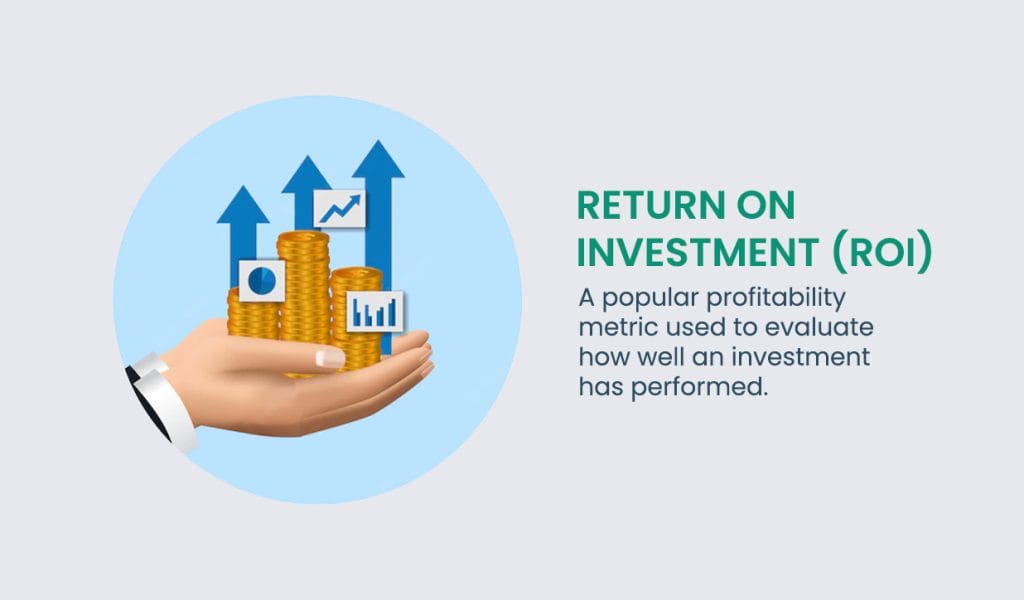
Understanding ROI
Return on Investment (ROI) is a vital metric that evaluates the profitability of an investment relative to its cost. In terms of Facebook ads, ROI measures the revenue generated or business objectives met against the funds spent on advertising. This metric helps businesses assess the effectiveness of their marketing strategies and make informed decisions regarding future expenditures.
To calculate ROI, subtract the investment cost from the generated revenue, divide by the investment cost, and multiply by 100 to express it as a percentage. For instance, if you invested $1,000 in Facebook ads and earned $3,000 in revenue, the calculation would be: (($3,000 - $1,000) / $1,000) * 100 = 200% ROI. This indicates that for every dollar spent on Facebook ads, you earned $2 in return.
Understanding ROI is critical as it provides a transparent measure of the value that Facebook ads can deliver to your business. It helps evaluate the profitability of your campaigns, compare various advertising channels, and allocate your marketing budget efficiently. By concentrating on optimizing your ROI, you can ensure that your Facebook campaigns generate meaningful results, drive traffic, and enhance user engagement.
The Importance of Measuring ROI in Facebook Ads
Measuring ROI in Facebook ads is essential for multiple reasons. First, it allows you to assess the success of your campaigns and pinpoint areas needing improvement. By analyzing ROI across different campaigns, ad sets, or individual ads, you can identify the most effective strategies and refine your approach accordingly.
Second, understanding ROI facilitates efficient budget allocation. By recognizing which campaigns deliver the highest returns, you can redirect your budget toward the most effective channels, optimizing your advertising investments and maximizing ROI.
Third, tracking ROI provides valuable insights into your business's overall health. It enables you to evaluate the profitability of your Facebook ad efforts relative to other marketing initiatives and business goals. By monitoring ROI over time, you can identify trends, make data-driven decisions, and continuously enhance your ad performance.
Key Metrics for Tracking ROI in Facebook Ads
To accurately assess ROI in Facebook ads, it’s crucial to track and analyze specific metrics that affect your campaigns' overall success. Here are some key metrics to consider:
- Click-Through Rate (CTR): This metric reflects the percentage of users who click on your ad after viewing it. A higher CTR indicates that your ad resonates with your target audience, increasing the likelihood of conversions and positively influencing ROI.
- Conversion Rate (CR): This measures the percentage of users who take a desired action—such as making a purchase or completing a form—after clicking on your ad. A high conversion rate suggests that your ad effectively drives actions that support your business goals.
- Cost per Conversion (CPC): CPC reflects the average cost of acquiring a conversion. Monitoring this metric allows you to evaluate the efficiency of your ad spend and determine the investment necessary to achieve your desired conversions.
- Return on Ad Spend (ROAS): ROAS calculates the revenue generated for every dollar spent on advertising. This metric helps assess campaign profitability and whether your ad expenditures yield a positive ROI.
- Lifetime Value (LTV): LTV assesses the total revenue generated from a customer throughout their relationship with your brand. Understanding customer LTV enables you to evaluate the long-term impact of Facebook ad initiatives and refine your customer acquisition and retention strategies.
Tracking these key metrics provides valuable insights into the performance of your Facebook ad campaigns, helping you optimize your ROI effectively.
Harnessing the Power of Facebook Ads
In today’s digital environment, where social media is a vital aspect of everyday life, Facebook emerges as a leading advertising platform. Boasting over 2.8 billion monthly active users, it presents an exceptional opportunity for businesses to engage with their target audience and achieve measurable outcomes. So, what factors contribute to the effectiveness of Facebook ads in delivering a positive return on investment (ROI)?
Extensive Reach and Engagement
Facebook's vast user network offers businesses an unparalleled reach that no other platform can match. Whether you’re aiming for a niche demographic or a broad audience, Facebook’s advanced targeting options enable you to fine-tune your ads to connect with the right individuals at the right time. From demographics such as age and location to interests and behaviors, advertisers can precisely define their target audience, ensuring their messages reach those most likely to convert.
Additionally, the engagement potential on Facebook is remarkable. With users spending an average of 35 minutes daily on the platform, businesses have a unique chance to capture attention and foster meaningful interactions. Through captivating visuals, engaging videos, and interactive content, Facebook ads allow companies to create memorable brand experiences that resonate with their audience and motivate them to take action.
Versatile Ad Formats
One of the significant advantages of Facebook advertising is the diversity of customizable ad formats available. From single image ads to carousel and user-generated content (UGC) ads, as well as video ads, businesses can select the format that aligns best with their goals and creative concept. This versatility fosters experimentation and innovation, allowing brands to present their products or services in visually appealing and engaging ways.
Moreover, Facebook’s ad formats are designed for seamless integration within the user experience, increasing the likelihood of user engagement. Whether displayed as sponsored content in the News Feed or in the right-hand column, Facebook ads are strategically positioned for optimal visibility and impact.
Comprehensive Analytics and Insights
To effectively unlock the potential of Facebook ads, businesses must have a clear grasp of their campaign performance and ROI. This is where Facebook’s robust analytics and insights come into play. Using Facebook’s Ads Manager, businesses can monitor various metrics, including reach, impressions, click-through rates, and conversions.
By thoroughly analyzing these metrics, companies gain valuable insights into the effectiveness of their advertising efforts, identify areas for improvement, and refine their campaigns accordingly. Whether it involves adjusting targeting parameters, enhancing ad creatives, or modifying bidding strategies, Facebook’s analytics provide the data-driven insights necessary for informed decision-making and maximizing ROI.
